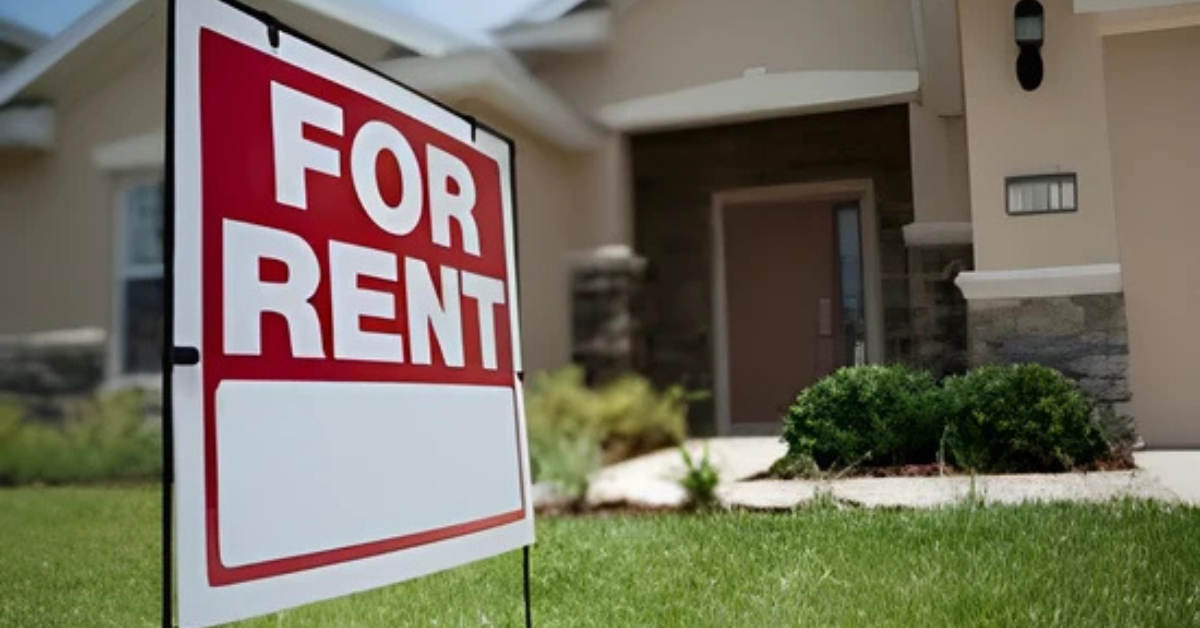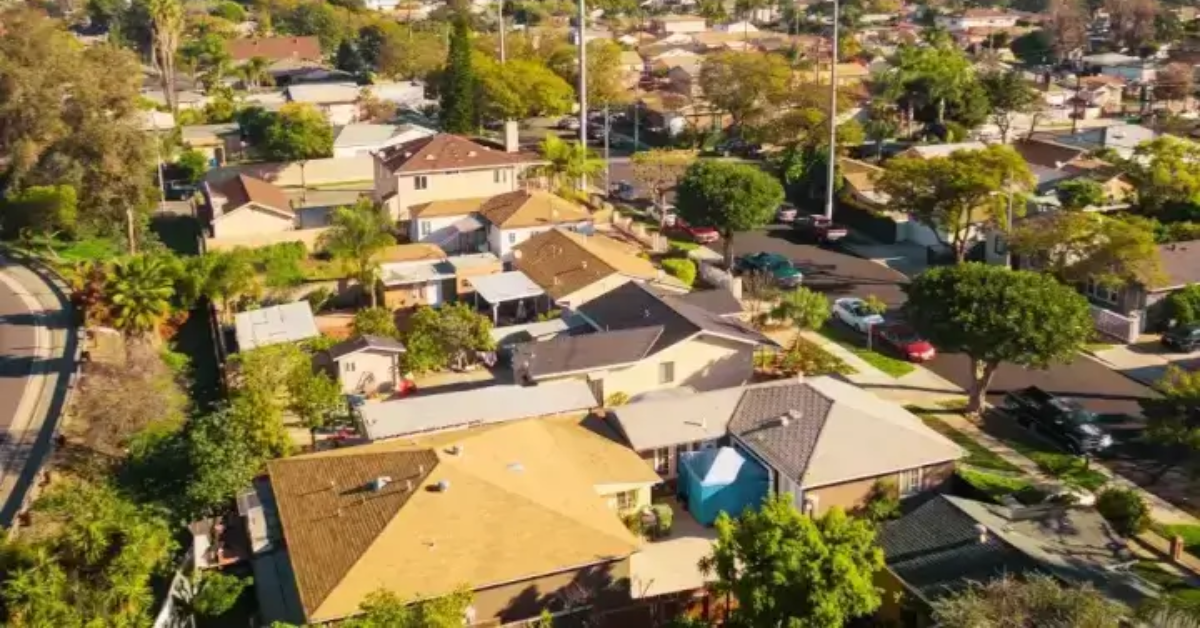Florida has seen a major change in the cost of renting homes over the past decade. Many people are surprised at how much rent has increased, making it harder for families and young professionals to find affordable housing. This rise has affected cities like Miami, Orlando, and Tampa the most, where demand for rentals has been very high.
If you are curious about why rent prices have nearly doubled in Florida and how this trend may continue, this article will explain the main reasons behind the increase. We will also share some facts and insights to help you understand the current rental market better.
What Has Caused Rents to Rise So Much?
One of the biggest reasons for rising rent prices in Florida is the strong population growth. More people have been moving to Florida for its warm weather, job opportunities, and no state income tax. According to the U.S. Census Bureau, Florida added over 3 million new residents between 2010 and 2020. This rapid increase in population has put a lot of pressure on the housing market.
Another factor is the high demand for rental homes compared to the supply available. The construction of new apartments and houses has not kept pace with the growing number of renters. Builders have faced challenges such as increased material costs and labor shortages, which slow down new projects. Because of this imbalance, landlords can charge more rent as there are more renters competing for limited homes.
How Much Have Rents Increased in Numbers?
Data from RentCafe shows that the average rent in Florida has almost doubled over the past 10 years. For example, in 2012, the average rent was around $900 per month, but by 2022, it had climbed close to $1,800 per month. This increase is much higher than the national average, making Florida one of the costliest states for renters.
Some cities have seen even sharper rises. In Miami, rents have gone up nearly 70% in the last 10 years, while Orlando experienced a 65% increase. These numbers highlight how quickly rental prices are climbing in popular urban areas.
What Does This Mean for Renters in Florida?
For renters, the rising costs mean spending a larger part of their income on housing. Many younger people and families find it difficult to save money or move into better homes because rents are eating up more of their budgets. This trend may also force some to live farther away from their workplaces or schools in search of affordable housing.
The increase in rent also affects rental choices. More people are opting for shared accommodations or smaller living spaces to cope with higher monthly payments. In addition, some renters may choose to stay longer in their current homes to avoid facing even higher rent increases elsewhere.
What Are Experts Predicting About Future Rent Trends?
Experts believe that rent prices in Florida may continue to rise, but at a slower pace than in previous years. The Florida Realtors Association has noted that while demand remains strong, more construction projects are expected to come to market soon. This could help balance supply and demand, potentially easing rent increases.
However, the overall cost of living, inflation, and migration patterns will still play important roles. Young renters should be prepared for the possibility of steady rent growth and plan their budgets accordingly.
How Can Renters Protect Themselves From Rising Costs?
Renters can take several steps to manage high rent costs. First, consider living with roommates or in less popular neighborhoods where rents may be lower. It is also good to look for rental agreements that lock in rent prices for longer terms to avoid sudden increases.
Another option is to watch for government rental assistance programs or community housing initiatives that help reduce costs for eligible renters. Websites like the Florida Housing Coalition offer information on available aid.
Finally, staying informed about the housing market and acting quickly when affordable options arise can make a big difference in finding reasonable rent.
Conclusion
Over the last 10 years, the cost of rent in Florida has almost doubled, driven by high population growth and limited housing supply. This trend has made renting a home more challenging, especially for younger people and families. While rent increases may slow down soon, renters should be careful with their housing choices and budget planning.
If you want to keep up with rental trends, trusted sources like RentCafe and the Florida Realtors Association provide regular updates and useful insights. Understanding these changes is key to managing your living costs in one of America’s most popular states.







